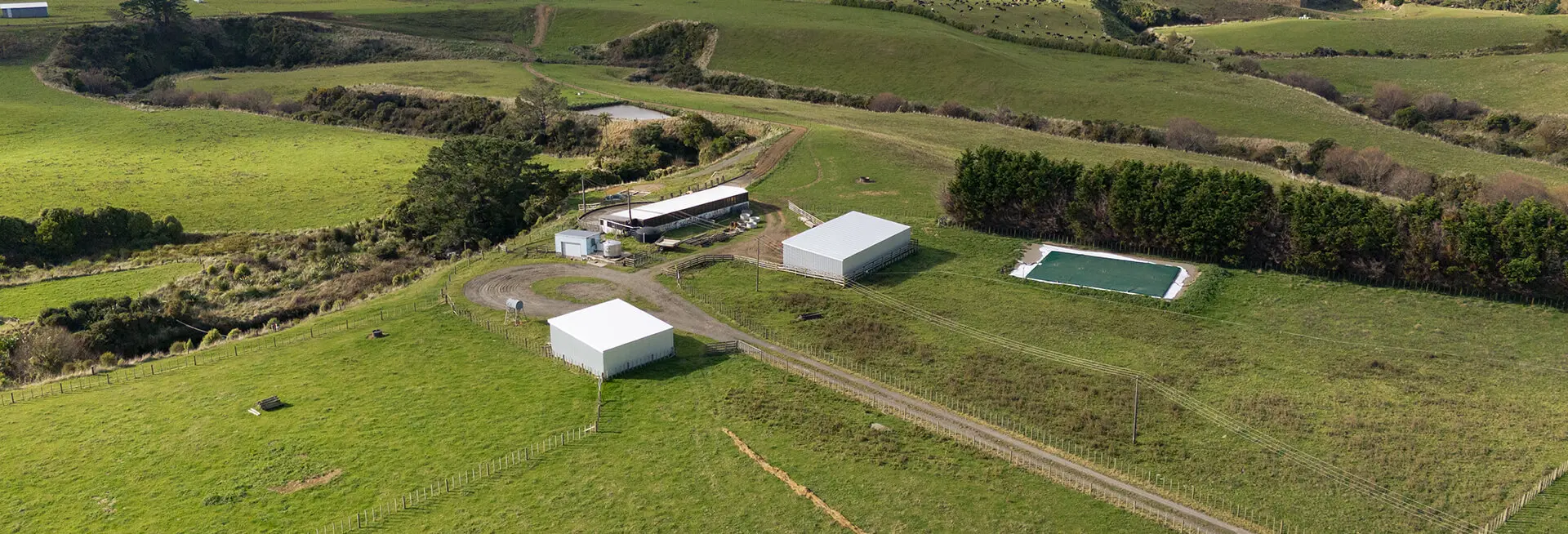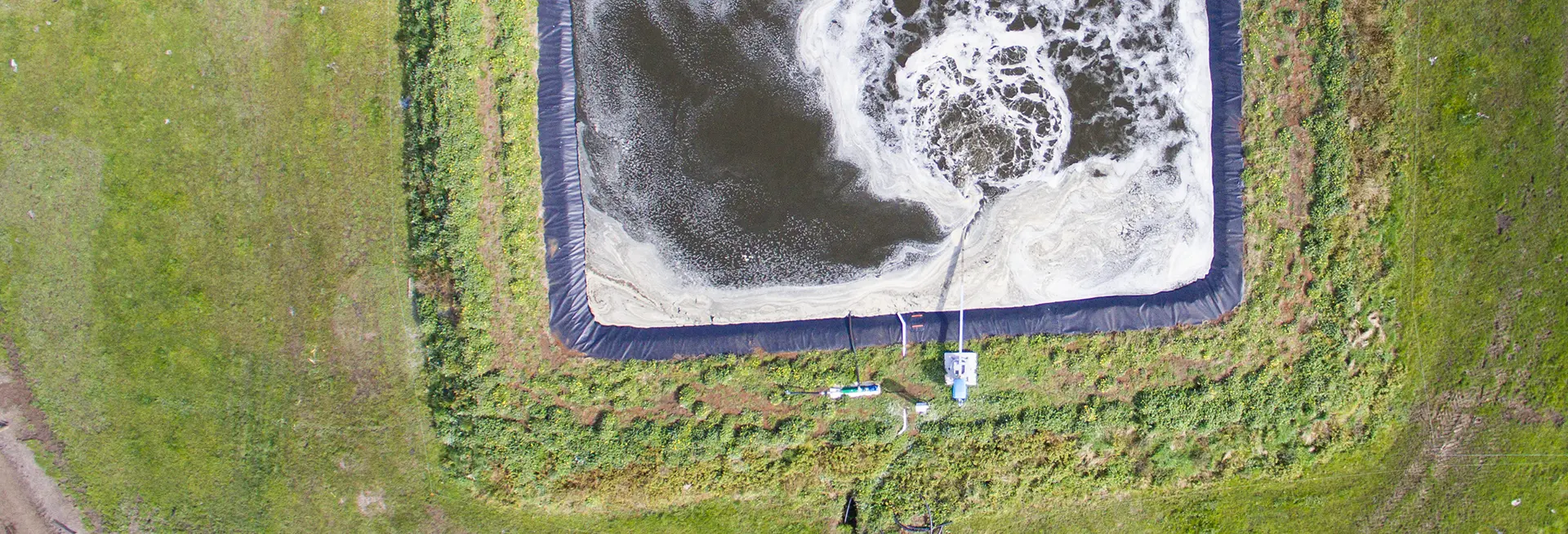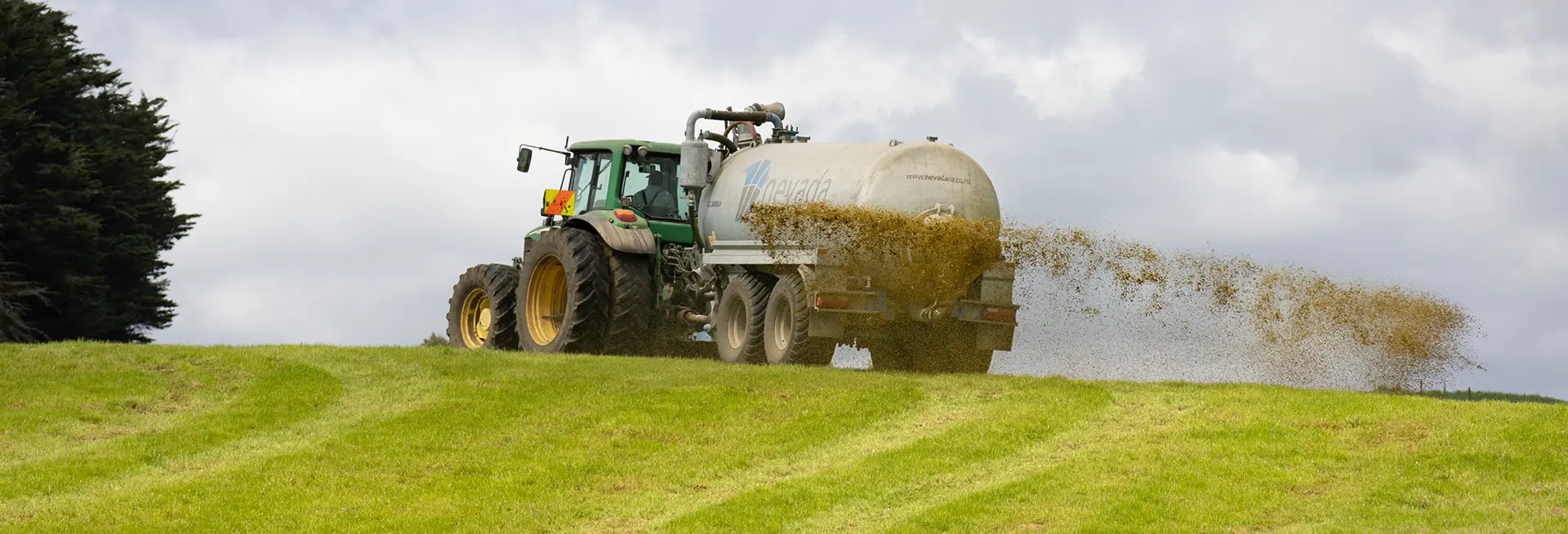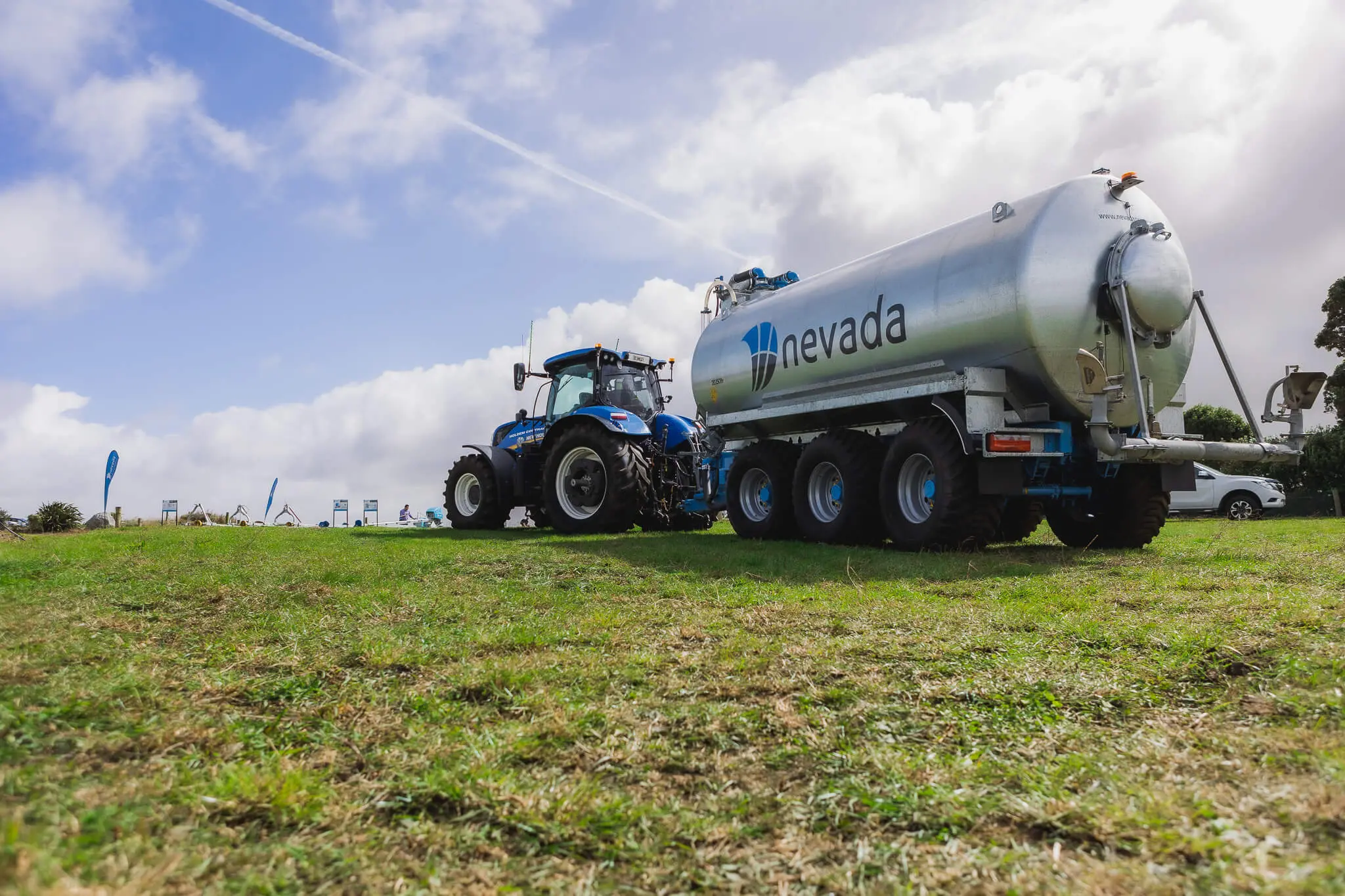What’s the best way to keep your effluent management system under control during wet weather seasons? Here’s some advice…
The main issues farmers face over rainy seasons are:
- The effluent pond/storage is filling too fast – or worse, overflowing!
- Can’t spread because the ground is too wet
There are a number of things you can do to minimise the liklihood of running into these issues. It all comes down to effluent management planning, and having a good effluent management system set up that suits the needs of your farm and location.
Read on for recommendations from our dairy effluent specialists…
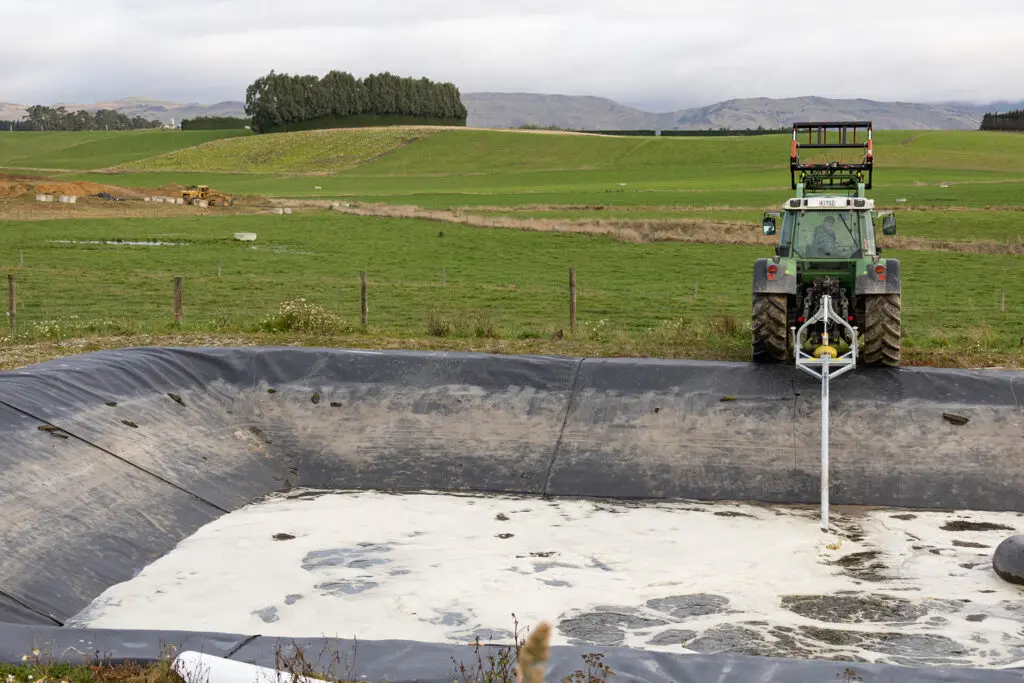
Effluent Storage
One of the key factors in having an effluent system that can withstand wet weather seasons is making sure you’ve got enough storage. You’re best to plan for the scenario of not being able to spread effluent at all throughout the wet season, so your effluent pond/storage should be big enough to handle this.
If you’re assessing existing effluent storage, or are planning new storage you’ll need to account for:
- Storage of effluent over the time period where it’s unlikely you’ll be able to spread to reduce volume.
- Increased volume due to rainfall.
Although the weather can never be predicted, the small cost of having extra storage available is better than the larger costs associated with cleaning up overflows, leaching into waterways or being deemed non-compliant.
Click here for more information on choosing the right effluent storage size for your farm, or if you run an effluent sump and need more storage for times when irrigating is not possible, read this blog for 3 of the best strategies for achieving extra sump storage.

Wet Weather Strategy
Planning ahead will put you in the best position to handle common times of high rainfall, snow, storms, and any other long periods of wet weather. Leading up to these seasons you’ll want to make sure you have as much storage capacity available as possible.
- Note down the period of consistently wet weather for your location.
- Schedule time to empty your effluent storage prior to the wet weather period.
- Spread the effluent over pasture – especially drier areas.
- Be prepared with light, low application effluent equipment that will allow you to spread during dry spells (see info below)
The pre-season is often a good time to really drop your pond/storage levels, and spread your effluent over pasture. Not only because it frees up space, but because this is often a time where the ground needs more moisture – so it will help with pasture growth.
TIP: A storm water diverter is recommended for high rainfall areas. This will prevent large amounts of water running off the cow shed roof and yards into the effluent stream and causing the effluent storage to fill too fast.

When to spread
When the ground is saturated it is not recommended to spread. This is likely to cause ponding and run-off, and the pasture will not be ready to soak up the effluent nutrients.
Luckily it’s not all doom and gloom over the wet winter season, and there are times where spreading might be possible. Here are some tips for spreading in wet weather seasons:
- In areas of low-risk soils, drained to field capacity (no excess water on the field) it is probably safe to apply effluent. Just make sure to use a low application rate to avoid ponding and run-off.
- Use a little application more often so not to oversaturate already wet ground.
- Apply with a lighter applicator such as a RainWave™, Fertigator™ or travelling irrigator on fast speed.
- If possible, select paddocks with higher elevation where the water table is lower.
- When there is a dry spell, go hard and drop your pond levels as much as possible.
- For large effluent ponds/storage tanks needing to be emptied fast, consider a drag-hose system. These are light, so won’t compact the soil, but will spread 5x faster than the typical travelling irrigator in a day.
